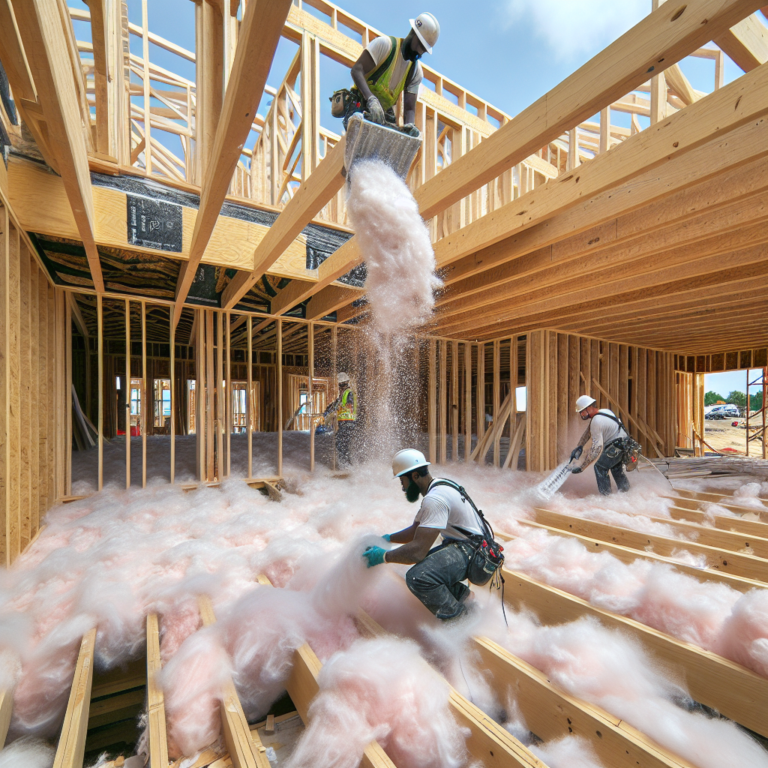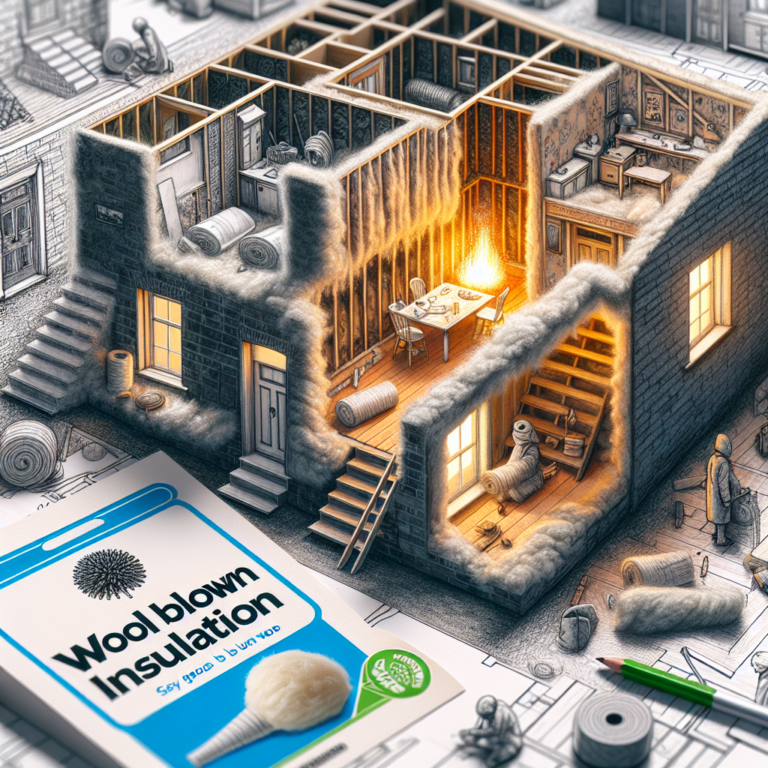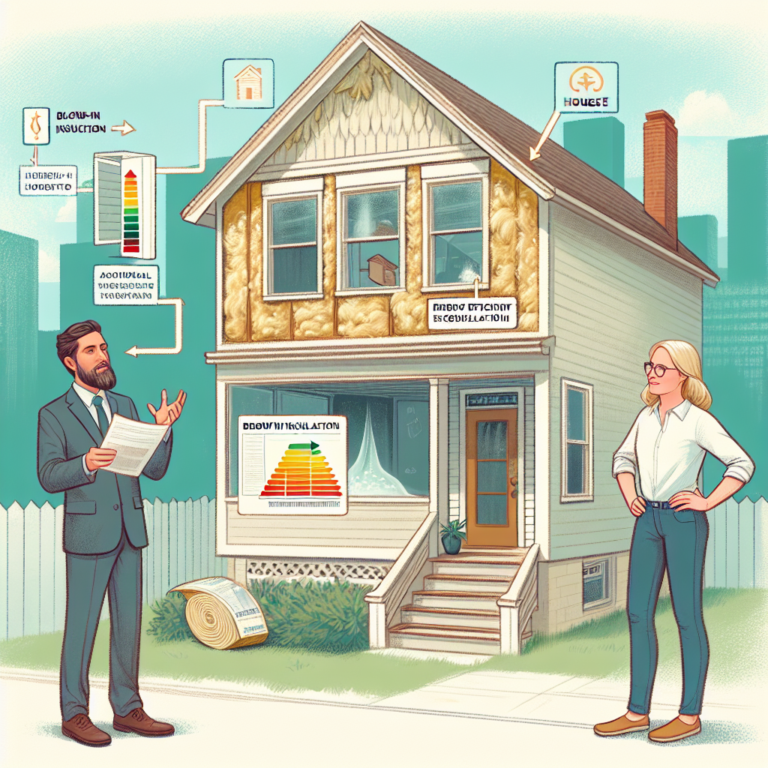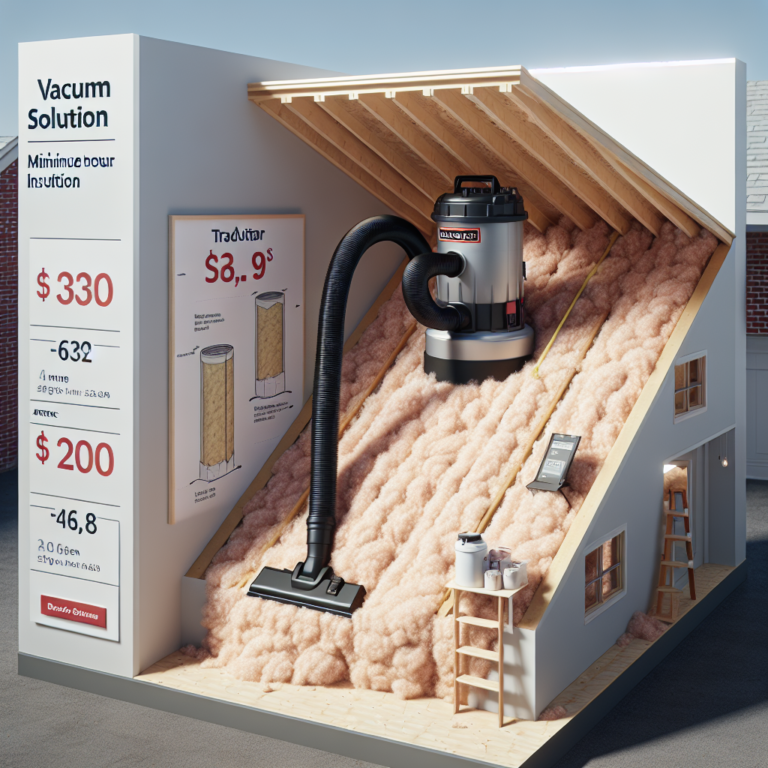Save Money and Stay Cozy: The Surprising Cost of Blown-In Wall Insulation
Introduction
Investing in blown-in wall insulation can transform your attic from an energy drain into a year-round comfort zone. By filling gaps and voids with loose-fill materials—fiberglass, cellulose, or mineral wool—you create a barrier that keeps winter warmth inside and summer heat out. While the upfront cost may seem significant, the long-term savings on energy bills and the boost in home comfort make blown-in wall insulation a smart choice for many homeowners. In this article, we’ll break down average costs, explore what drives those costs up or down, compare blown-in insulation to other options, and answer common questions so you can make an informed decision.
H2: The Average Cost of Blown-In Wall Insulation
• Typical price range: $1,500–$2,500 for a 1,000–2,000 sq. ft. attic
• Materials and labor included in estimates
• Fiberglass: $0.50–$1.00 per sq. ft.
• Cellulose: $1.00–$1.50 per sq. ft.
• Mineral wool: $1.50–$2.00 per sq. ft.
On average, homeowners pay between $1,500 and $2,500 to have blown-in wall insulation installed in a medium-sized attic. This range covers both material and installation labor. Prices climb as the attic grows, but even at the high end, that investment can pay for itself in energy savings within a few years.
H2: Factors Affecting the Cost of Blown-In Wall Insulation
1. Attic Size and Layout
– Larger square footage needs more insulation material.
– Complex rooflines and multiple levels require extra labor.
2. Insulation Material
– Fiberglass is the most affordable, but offers lower R-values.
– Cellulose provides better soundproofing and eco-credentials.
– Mineral wool delivers superior fire resistance at a premium price.
3. Existing Insulation Removal
– Old, degraded insulation must be extracted before blowing in new material.
– Removal adds to both labor and disposal fees.
4. Accessibility and Preparation
– Tight crawl spaces or obstructed joists slow down installation.
– Repairs to rafters, wiring, or ventilation ducts must be completed first.
5. Regional Labor Rates and Seasonality
– Urban areas often have higher hourly rates ($50–$70/hr).
– Insulation installers may charge more during peak winter demand.
Understanding these factors helps you pinpoint where your budget goes and whether any cost-saving measures—like tackling repairs or prep work yourself—are feasible.
H2: Comparing Blown-In Wall Insulation to Other Attic Insulation Options
When you weigh blown-in wall insulation against batts, rolls, or spray foam, consider both upfront cost and long-term performance:
• Batts and Rolls
– Cost: $0.50–$1.50 per sq. ft.
– Pros: DIY-friendly, lower material cost
– Cons: Gaps and voids reduce overall efficiency
• Spray Foam
– Cost: $1.50–$3.50 per sq. ft. (higher with professional installation)
– Pros: Airtight seal, high R-value per inch
– Cons: Significant labor expense, chemical off-gassing concerns
• Blown-In Wall Insulation
– Cost: $1.50–$3.00 per sq. ft. installed
– Pros: Fills irregular cavities, can be retrofitted without tear-out
– Cons: Requires equipment rental or professional service
Although blown-in insulation can cost more than batts, its superior ability to seal gaps often delivers better energy savings. Spray foam rivals blown-in in performance but at a higher price point and with potential health considerations during installation.
H2: Q&A About Blown-In Wall Insulation
Q1: How long does blown-in insulation last?
A1: Properly installed, blown-in insulation can maintain performance for 20–30 years, provided it stays dry and undisturbed.
Q2: Can I install blown-in wall insulation myself?
A2: Renting a blowing machine from a home center is an option, but mastering proper density and coverage takes practice. Many homeowners choose a professional installer to ensure warranty coverage.
Q3: Are there rebates or tax incentives?
A3: Yes. Federal tax credits and local utility rebates often apply to energy-efficient upgrades. Check ENERGY STAR and your utility’s website for current offers.
Conclusion
Blown-in wall insulation offers a cost-effective path to lower energy bills and a more comfortable home. With average attic job costs ranging from $1,500 to $2,500, it’s an investment that pays dividends in efficiency, year-round comfort, and potential return on resale. By understanding the key factors—attic size, material choice, existing conditions, and regional labor rates—you can budget accurately and explore rebates to offset expenses. Whether you’re tackling a DIY project or hiring a pro, adding blown-in wall insulation to your home is a surprisingly affordable upgrade that keeps you cozy and cuts utility costs for years to come.











